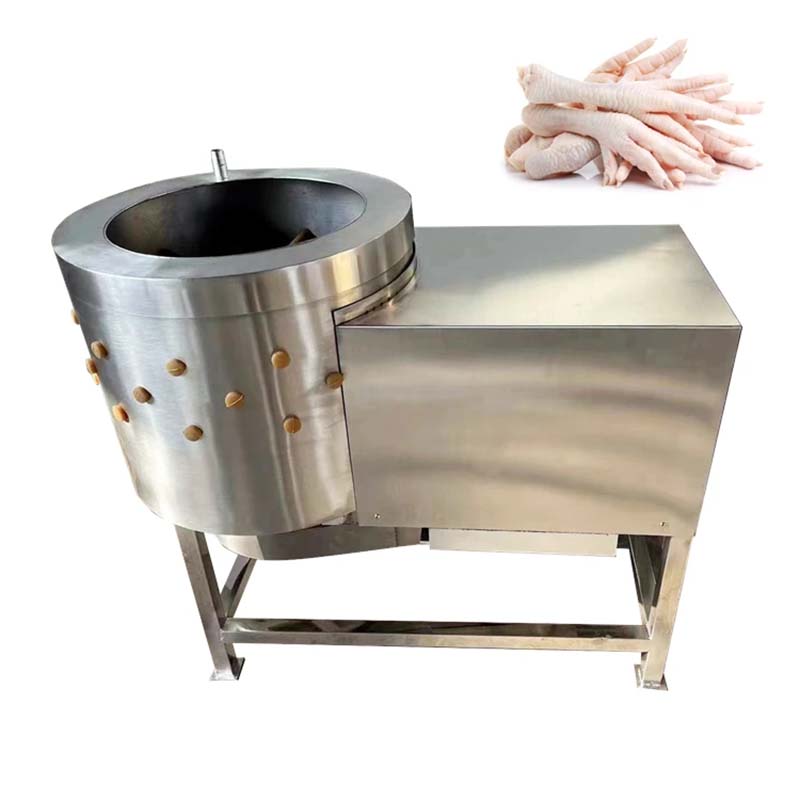Efficient Hammer Mill Solutions for Quality Cattle Feed Production and Processing
Oct . 16, 2024 14:14 Back to list
Efficient Hammer Mill Solutions for Quality Cattle Feed Production and Processing
Hammer Mill for Cattle Feed Enhancing Livestock Nutrition
In the realm of animal husbandry, especially in cattle farming, the preparation of quality feed is paramount to ensuring optimal growth and health of the animals. One essential tool in achieving this goal is the hammer mill. This powerful machine plays a crucial role in the production of cattle feed, providing farmers with the ability to create nutritious and digestible feed blends tailored to their livestock's needs.
What is a Hammer Mill?
A hammer mill is a type of mill that utilizes a high-speed rotating shaft equipped with hammers to grind, crush, or pulverize various materials. In the context of cattle feed production, it is primarily used to process grains such as corn, barley, and wheat, as well as forage materials like hay and silage. The resulting finely ground feed enhances digestibility for cattle, ultimately leading to improved feed conversion efficiency and animal performance.
Importance of Hammer Mill in Cattle Feed Production
1. Customization of Feed Rations Each herd of cattle may have specific nutritional requirements based on factors such as age, weight, and purpose (dairy vs. beef). The hammer mill allows farmers to customize feed formulations by mixing different ingredients to create balanced rations that meet these needs. By adjusting the grind size, farmers can optimize the nutritional value and palatability of the feed.
hammer mill for cattle feed

2. Improved Feed Quality The consistent texture achieved through a hammer mill ensures that feed components are uniformly sized. This uniformity aids in ensuring that cattle receive an even distribution of nutrients, reducing the chances of selective feeding. A well-mixed and ground feed can increase nutrient absorption, promoting better overall health in livestock.
3. Cost Efficiency Producing feed on-site with a hammer mill can lead to significant cost savings for farmers. By milling their own feed from raw materials, they can reduce the expenses associated with purchasing premixed feeds from suppliers. Additionally, local sourcing of ingredients further lowers transportation costs and supports local agriculture.
4. Enhanced Feed Storage When grains are processed in a hammer mill, they can be stored for longer periods without the risk of spoilage. The grinding process reduces moisture content and minimizes the bulkiness of the feed, allowing for more efficient storage solutions. This is particularly beneficial for farmers who want to stockpile feed to prepare for adverse weather conditions or market fluctuations.
5. Ease of Use and Maintenance Modern hammer mills are designed with user-friendliness in mind. Many models feature adjustable screens and hammers, allowing for quick modifications to grind size based on the specific requirements of the feed being produced. Furthermore, routine maintenance is straightforward, ensuring that the machine remains operational without excessive downtime.
Conclusion
The hammer mill stands out as an invaluable asset in the livestock feed production chain. Its ability to enhance the nutritional quality of cattle feed, coupled with economic benefits and customization potential, makes it a vital piece of equipment for cattle farmers. With the rising demands for high-quality beef and dairy products, investing in a hammer mill is a proactive measure that can lead to improved livestock health, productivity, and ultimately, a more profitable farming operation. Embracing modern milling technology not only supports sustainable farming practices but also ensures that the livestock can thrive in a competitive agricultural landscape.
-
Hot Sale 24 & 18 Door Rabbit Cages - Premium Breeding Solutions
NewsJul.25,2025
-
Automatic Feeding Line System Pan Feeder Nipple Drinker - Anping County Yize Metal Products Co., Ltd.
NewsJul.21,2025
-
Automatic Feeding Line System Pan Feeder Nipple Drinker - Anping County Yize Metal Products Co., Ltd.
NewsJul.21,2025
-
Automatic Feeding Line System - Anping Yize | Precision & Nipple
NewsJul.21,2025
-
Automatic Feeding Line System - Anping Yize | Precision & Nipple
NewsJul.21,2025
-
Automatic Feeding Line System-Anping County Yize Metal Products Co., Ltd.|Efficient Feed Distribution&Customized Animal Farming Solutions
NewsJul.21,2025






